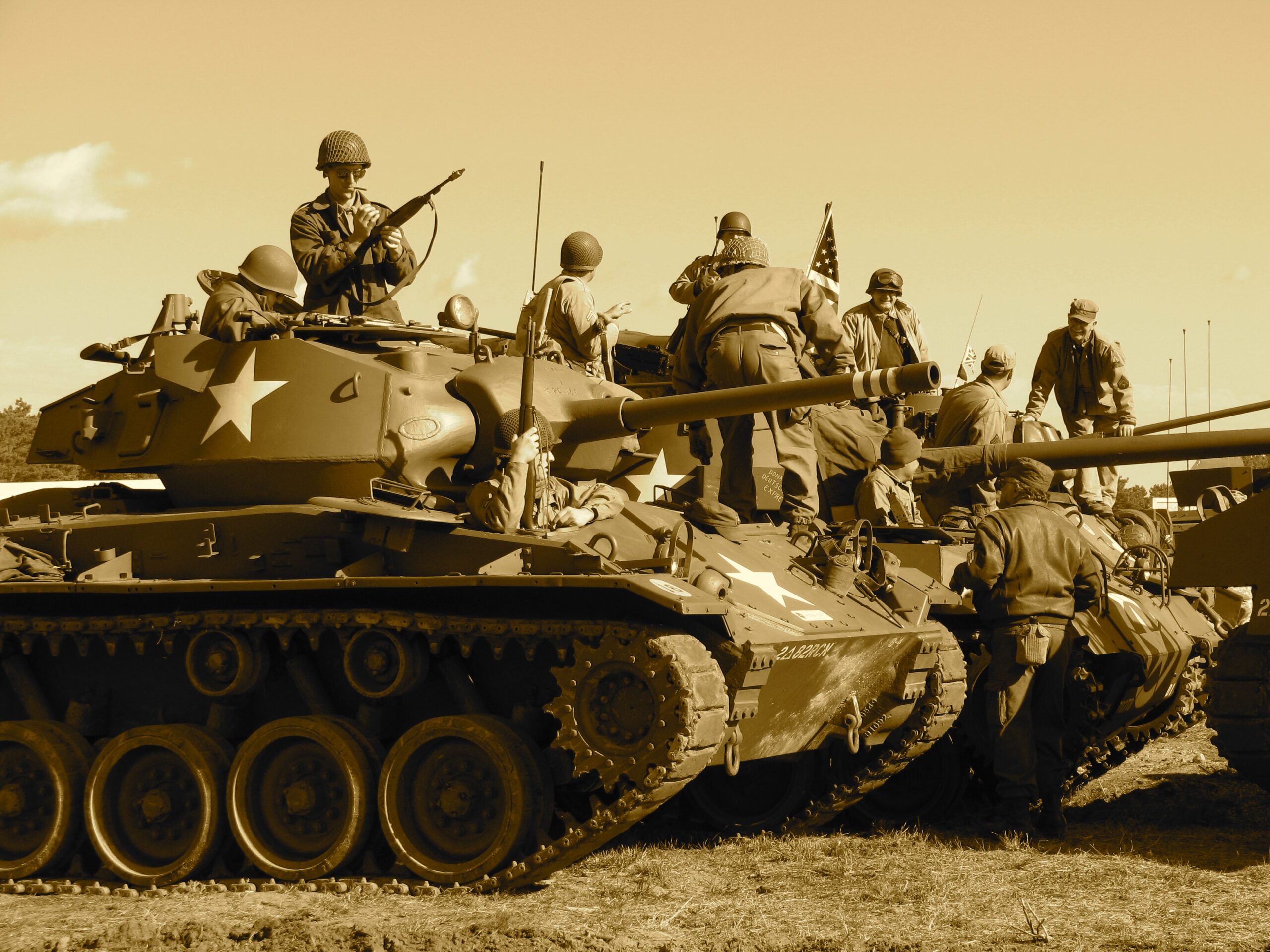The Pendergast Machine was a powerful political organization that dominated Kansas City politics from the early 1900s to the mid-1930s. The machine was led by Tom Pendergast, a wealthy businessman who used his political influence to amass a fortune and maintain control over the city’s government. This post will analyze the rise and fall of the Pendergast Machine and its impact on the city of Kansas City.
Tom Pendergast was born in St. Joseph, Missouri in 1873. He moved to Kansas City in 1890 and began working in his brother James’ saloon. Pendergast soon became involved in local politics and began using his influence to help elect candidates to office. In 1910, Pendergast and his brother James formed the Jackson Democratic Club, which became the basis for the Pendergast Machine.
The Pendergast Machine was based on a simple formula: political power in exchange for votes. Pendergast used his influence to help elect candidates to office, and in return, those candidates owed their loyalty to Pendergast. The machine was fueled by a vast network of loyal supporters, including politicians, businessmen, and even gangsters.
One of the key strategies used by the Pendergast Machine was voter fraud. The machine would often manipulate the vote count in order to ensure that its candidates won elections. Pendergast and his allies also used intimidation tactics to prevent voters from supporting candidates who were not part of the machine.
Despite its corrupt practices, the Pendergast Machine was able to achieve some positive results for the people of Kansas City. The machine supported the construction of public works projects, such as the Kansas City Power and Light Building and the Municipal Auditorium. It also supported the development of a strong public school system, which helped to improve the lives of many Kansas City residents.
However, the Pendergast Machine’s corrupt practices eventually caught up with it. In 1934, Pendergast was indicted on charges of income tax evasion. Tom was convicted and sentenced to 15 months in federal prison. This was a major blow to the machine, as Tom was its key leader and power broker.
After Pendergast’s conviction, the organization began to fall apart. The machine’s hold on Kansas City politics was weakened, and its candidates began to lose elections. In 1939, the machine suffered a final blow when one of its key allies, Mayor John B. Gage, was defeated in a landslide election.
The legacy of the Pendergast Machine is complex. On the one hand, it was a corrupt political organization that engaged in voter fraud and other illegal activities. On the other hand, it was also responsible for many positive developments in Kansas City, including the construction of public works projects and the development of a strong public school system.
Today, the legacy of the Pendergast Machine is still felt in Kansas City. Many of the city’s political and business leaders are descended from Pendergast-era politicians and businessmen. The city has also struggled with corruption and political scandals in the decades since the Pendergast Machine’s downfall.
Despite its legacy of corruption, the Pendergast Machine remains an important part of Kansas City’s history. It is a reminder of the dangers of unchecked political power and the importance of maintaining a strong system of checks and balances. It also serves as a cautionary tale for those who would seek to gain power through corrupt means.
In conclusion, the Pendergast Machine was a powerful political organization that dominated Kansas City politics for decades. Led by Tom Pendergast, the machine used corrupt practices such as voter fraud and intimidation to maintain its hold on power. One of the best ways to experience all that Pendergast accomplished in Kansas City, I would recommend the Gangster Tour. You can find more information here.

